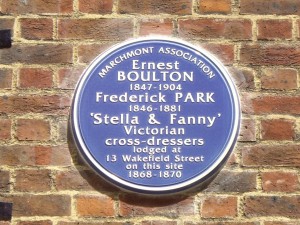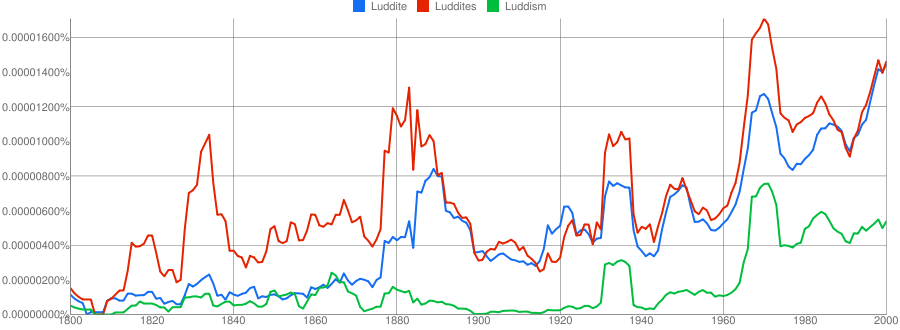Warning: Undefined array key "download_text" in
/home/technola/anterotesis.com/wordpress/wp-content/plugins/photospace/photospace.php on line
634
Warning: Undefined array key "download_text" in
/home/technola/anterotesis.com/wordpress/wp-content/plugins/photospace/photospace.php on line
634
Warning: Undefined array key "download_text" in
/home/technola/anterotesis.com/wordpress/wp-content/plugins/photospace/photospace.php on line
634
Warning: Undefined array key "download_text" in
/home/technola/anterotesis.com/wordpress/wp-content/plugins/photospace/photospace.php on line
634
Warning: Undefined array key "download_text" in
/home/technola/anterotesis.com/wordpress/wp-content/plugins/photospace/photospace.php on line
634
Warning: Undefined array key "download_text" in
/home/technola/anterotesis.com/wordpress/wp-content/plugins/photospace/photospace.php on line
634
Warning: Undefined array key "download_text" in
/home/technola/anterotesis.com/wordpress/wp-content/plugins/photospace/photospace.php on line
634
Warning: Undefined array key "download_text" in
/home/technola/anterotesis.com/wordpress/wp-content/plugins/photospace/photospace.php on line
634
Warning: Undefined array key "download_text" in
/home/technola/anterotesis.com/wordpress/wp-content/plugins/photospace/photospace.php on line
634
Warning: Undefined array key "download_text" in
/home/technola/anterotesis.com/wordpress/wp-content/plugins/photospace/photospace.php on line
634
Warning: Undefined array key "download_text" in
/home/technola/anterotesis.com/wordpress/wp-content/plugins/photospace/photospace.php on line
634
Warning: Undefined array key "download_text" in
/home/technola/anterotesis.com/wordpress/wp-content/plugins/photospace/photospace.php on line
634
Warning: Undefined array key "download_text" in
/home/technola/anterotesis.com/wordpress/wp-content/plugins/photospace/photospace.php on line
634
Warning: Undefined array key "download_text" in
/home/technola/anterotesis.com/wordpress/wp-content/plugins/photospace/photospace.php on line
634
Warning: Undefined array key "download_text" in
/home/technola/anterotesis.com/wordpress/wp-content/plugins/photospace/photospace.php on line
634
Warning: Undefined array key "download_text" in
/home/technola/anterotesis.com/wordpress/wp-content/plugins/photospace/photospace.php on line
634
Warning: Undefined array key "download_text" in
/home/technola/anterotesis.com/wordpress/wp-content/plugins/photospace/photospace.php on line
634
Warning: Undefined array key "download_text" in
/home/technola/anterotesis.com/wordpress/wp-content/plugins/photospace/photospace.php on line
634
Warning: Undefined array key "download_text" in
/home/technola/anterotesis.com/wordpress/wp-content/plugins/photospace/photospace.php on line
634
Warning: Undefined array key "download_text" in
/home/technola/anterotesis.com/wordpress/wp-content/plugins/photospace/photospace.php on line
634
Warning: Undefined array key "play_text" in
/home/technola/anterotesis.com/wordpress/wp-content/plugins/photospace/photospace.php on line
717
Warning: Undefined array key "pause_text" in
/home/technola/anterotesis.com/wordpress/wp-content/plugins/photospace/photospace.php on line
718
Warning: Undefined array key "previous_text" in
/home/technola/anterotesis.com/wordpress/wp-content/plugins/photospace/photospace.php on line
719
Warning: Undefined array key "next_text" in
/home/technola/anterotesis.com/wordpress/wp-content/plugins/photospace/photospace.php on line
720
The recent Clerkenwell Design Week offered a rare chance to visit the vaults of the Clerkenwell House Of Detention, opened up to host an exhibition. These cellars are all that remain of the 1847 prison, demolished at the end of the nineteenth century to make way for a school, which in turn has been converted into flats.
It’s a site with a long carceral history: the Clerkenwell Bridewell and the New Prison were established there in the early seventeenth century. Tens of thousands of unfortunates, including children, passed through its gates. It also has a parallel counter-history: scene of one of Jack Sheppard’s many escapes, attacked during the Gordon Riots, and the site of the first Irish bombing in London, the ‘Clerkenwell Outrage‘ of 1867.
Since the prison’s demolition, the cellars have only been opened to the public occasionally. They were shelters during the second world war, have been used for office and storage space (according to wikipedia), turn up as TV settings fairly regularly and recently were the stage for performances of Oliver Twist and Macbeth. It was also a museum between 1993 and 2000, apparently closed down by Customs and Excise due to non-payment of tax. Rumour has it that it is going to be redeveloped, but rumour also has it that the site is subject to some legal dispute.
I recall visiting it some 15 years ago, when it hosted a somewhat sparse display in a subdued light. In a way, that was to its credit; one could be captivated by the material remains, the pokey cells, dark tunnels leading off into the distance (apparently, one led to the local courthouse), the whole purgatorial atmosphere. Today the vaults are much cleaner, there’s been both restoration work and a general tidying up, and there was more than enough illumination. Walking around it now my feeling is of excitement, rather than horror as previously. There is a different sense of the underground, one of art and play, rather than infernal depths. Certainly, it’s a great venue for a party, with so much to explore, so many places to hide and seek. And it’s far better than being used as a prison. But I have a lingering unease at the banishment of its terrors, of its history as a penal institution.
-

Plan of Clerkenwell House of Detention
The ground floor plan off the House of Detention, taken from Mayhew's The Criminal Prisons of London, 1862, page 612.
-

Plaque outside the Clerkenwell House of Detention cellars
-

House of Detention Central Corridor
-

House of Detention cell
Cell in the House of Detention, illuminated by one of the exhibitors at Clerkenwell Design Week
-

House of Detention door
A rusting iron door on one of the cells.
-

Cell doorway, Clerkenwell House of Detention
This cell seems to have had some sort of portcullis arrangement, rather than the usual door.
-

House Of Detention Doorway
-

House of Detention, Brickwork Arch
Solid brick vaulting in a large open-plan space.
-

House Of Detention Staircase
Stairs leading to the main prison, mirrored by one of the exhibitors at Clerkenwell Design Week
-

Outside Corner of the Clerkenwell House of Detention
This building, on the corner of the site, looks as is if it predates the school. The absence of street-facing windows makes me think it might have been part of the prison.
More: Wikipedia, Victorian London, Mayhew, The Criminal Prisons of London, 1872 map of Clerkenwell, Londonist, Itasca Locations.
Update 2/10/2012: The Survey of London volume for South and East Clerkenwell, covering the prisons, has just gone online.
 Text and photos licensed under a Creative Commons Attribution-ShareAlike 3.0 Unported License.
Text and photos licensed under a Creative Commons Attribution-ShareAlike 3.0 Unported License.
 Plan of the House of Detention free of known copyright restrictions.
Plan of the House of Detention free of known copyright restrictions.














